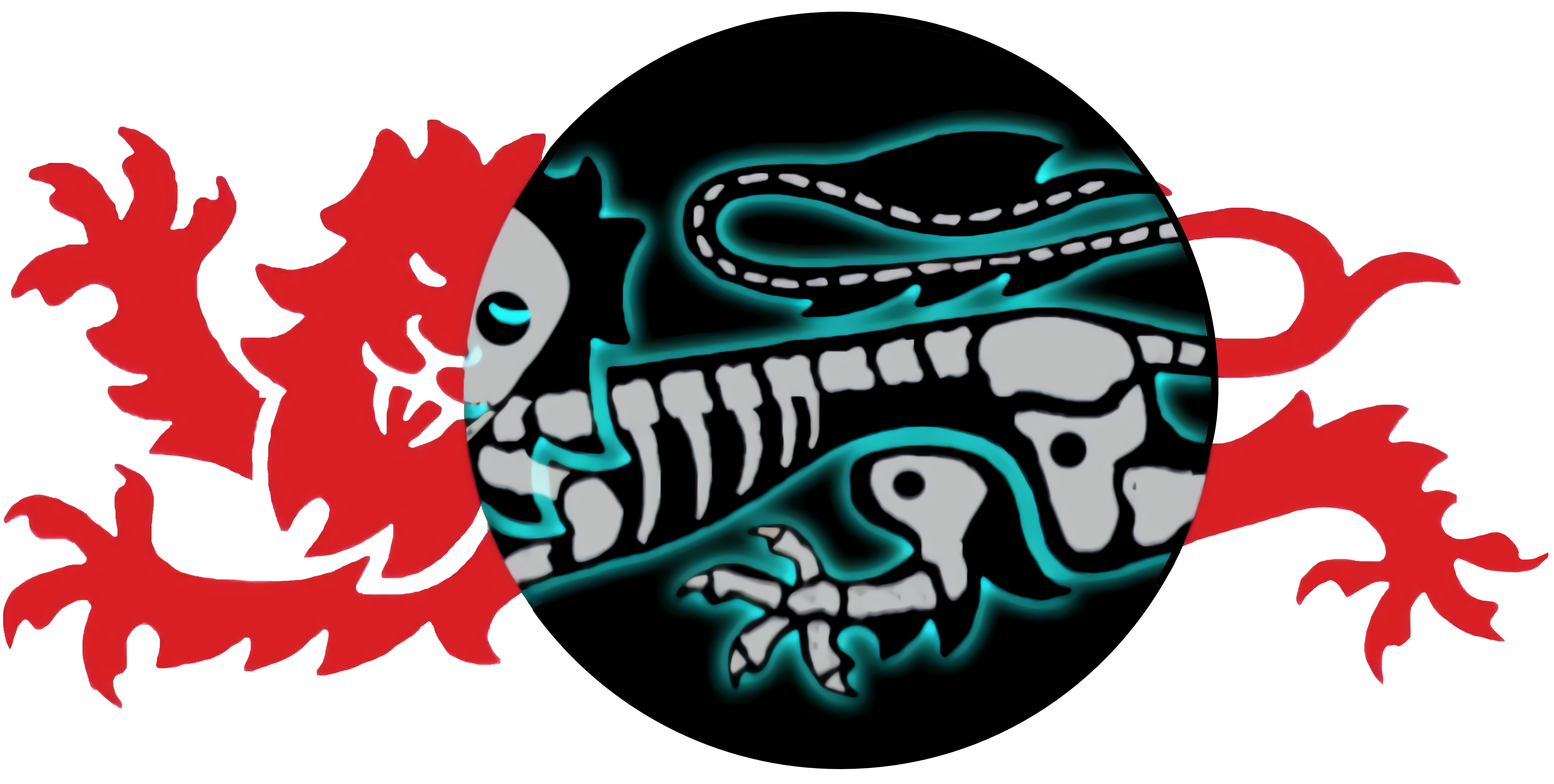Enjoy working thorugh the following questions. We hope they aid your learning. If you have any issues or feedback, please email meded.society@newcastle.ac.uk.
Question 12
1. In a eukaryotic cell, which organelle is responsible for the synthesis & modification of membrane-bound proteins?
- Smooth Endoplasmic Reticulum
- Nucleus
- Rough Endoplasmic Reticulum
- Free ribosome
- Peroxisome
The correct answer is option c. Rough Endoplasmic Reticulum
The RER is responsible for synthesising membrane bound proteins as well as proteins that will leave the cell
a. SER = lipid synthesis
b. Nucleus = DNA
d. Question asks for membrane-bound proteins – so it cannot be the free ribosome as this synthesises non-membrane-bound proteins.
e. Peroxisome = oxidation of organic molecules.
Question 13
2. Which of these is NOT a component of RNA?
- Ribose
- Phosphate
- Uracil
- Thymine
- Guanine
The correct answer is option d. Thymine
Correct Answer Explanation – DNA has thymine as one of its bases, whereas RNA replaces Thymine with Uracil – therefore Thymine is NOT a component of RNA
a. Ribose = the sugar of RNA (in DNA it is Deoxyribose)
b. Phosphate group = found in both DNA & RNA
d. Uracil is a base found only in RNA
e. Guanine = a base found in both DNA & RNA
Question 14
3. During DNA replication, which enzyme is responsible for removing RNA primers and sealing the gaps after synthesising the lagging strand?
- DNA Polymerase
- DNA Ligase
- DNA Primase
- RNA Polymerase
- Amylase
The correct answer is option b. DNA Ligase
Correct Answer Explanation – DNA double helix unwound by DNA Helicase New bases added by DNA Polymerase. RNA primers removed and gaps sealed by DNA Ligase
a. DNA polymerase is responsible for creating a strand of DNA by binding nucleotides together
c. This enzyme is responsible for forming the RNA primers
d. RNA polymerase is not involved in DNA replication
e. Amylase is an enzyme that is used in the metabolism of sugars
Question 15
4. Which cell type is responsible for myelination in the CNS?
- Oligodendrocyte
- Schwann cell
- Astrocyte
- Microglia
- Ependymal cell
The correct answer is option a. Oligodendrocyte
Correct Answer Explanation – Oligodendrocyte = multiple branches & myelinates multiple sections of different axons in the CNS
b. Schwann cell = myelination of PNS not CNS
c. Astrocyte = supportive cells of the CNS
d. Microglia = immune system cells of the CNS
e. Ependymal cells = epithelial cells lining ventricles in brain
Question 16
5. Once the threshold has been reached for an action potential to be generated, what is the first step with regards to ion channels?
- Voltage-gated potassium channels open
- Voltage-gated sodium channels close
- Voltage-gated calcium channels open
- Voltage-gated potassium channels close
- Voltage-gated sodium channels open
The correct answer is option e. Voltage-gated sodium channels open
e Is the correct answer as the VGSC open in order to cause depolarisation so the potential can be propogated
a. VG Sodium channels open once threshold reached
b. VG Sodium channels close once potential difference reaches approx. +35mV
c. VG Potassium channels open
d. VG Potassium channels close once voltage drops again
Question 17
6. What neurotransmitter is used in a neuromuscular junction?
- Serotonin
- Acetylcholine
- Adrenaline
- Glutamate
- GABA
The correct answer is option b. Acetylcholine
Correct Answer Explanation – A NMJ is a specialised form of synapse that uses acetylcholine incorporated into vesicles, as its neurotransmitter
a. serotonin is typically used in mood, appitite and learning
c. Adrenaline is a hormone used in endocrine signalling
d. Glutamate is an excitatory neurotransmitter mainly found in the CNS
e. GABA is the main inhibitory neurotransmitter in the CNS
Question 18
7. What is the correct description of paracrine cell communication?
- Cell produces messenger, which goes back and binds to surface receptors on the same cell
- Neural communication using synaptic clefts
- Cell produces messenger, which goes into the extracellular fluid and diffuses into / binds to other cells
- Cell produces messenger that goes into the blood circulation
- Cell produces messenger that goes through a gap junction
The correct answer is option c. Cell produces messenger, which goes into the extracellular fluid and diffuses into / binds to other cells
c is the correct answer as this is the definition of paracrine cell signalling
a. AUTOCRINE
b. NEUROCRINE
d. ENDOCRINE
e. Gap junction signalling
Question 19
8. How are steroid hormones synthesised?
- Synthesised from cholesterol when needed
- Synthesised like any other protein (through transcription & translation)
- Synthesised from tyrosine, stored as a precursor then iodinated
- Synthesised from tyrosine, stored in secretory vesicles
- Synthesised from an amino acid, stored in secretory vesicles
The correct answer is option a. Synthesised from cholesterol when needed
a is the correct answer as cholesterol can be stored but steroid hormones can not be stored so are created as needed
b. Peptide hormones
c. Thyroid hormones
d. This is an amino acid based hormone
e. This is an amino acid based hormone
Question 20
9. What is the efficacy of a full antagonist drug?
- 1
- <1 but >0
- -1
- 0
- 0.5
The correct answer is option d. 0
Correct Answer Explanation – Efficacy = what happens after a drug has bound to that receptor. Antagonists bind to receptors but do not activate them / prevent agonists from switching on mechanism – therefore they have an efficacy of 0
a. This is the efficacy of a full agonist
b. This is the efficacy of a partial agonist
c. Efficacy can be between 0 and 1 so this would not be possible
e. This is the efficacy of a partial agonist
